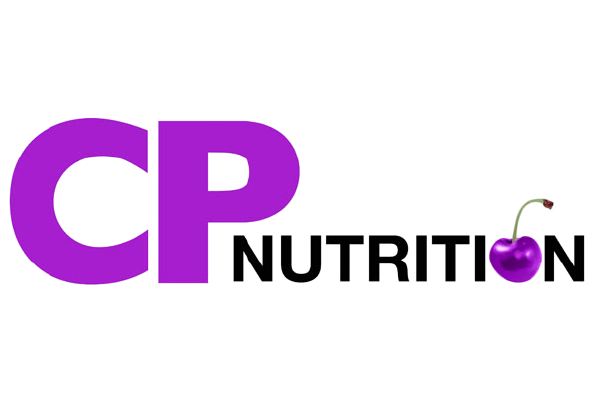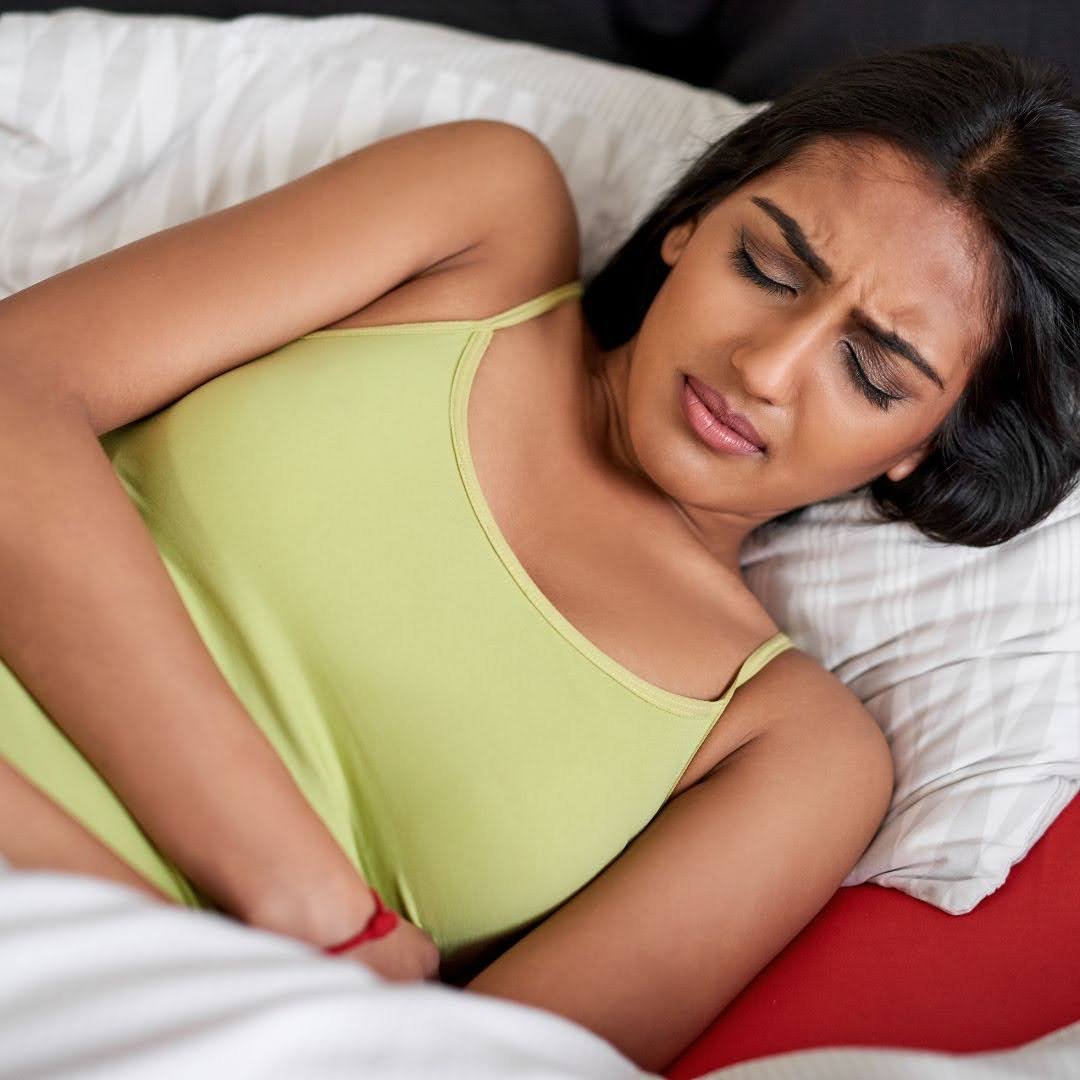The Ultimate Guide to Understanding PCOS: Symptoms, Diagnosis, and Effective Management
Dealing with hormonal imbalances, irregular menstrual cycles, and a range of symptoms that seem to affect almost every part of your body is the reality for millions of women living with Polycystic Ovary Syndrome (PCOS). Affecting up to 1 in 10 women globally (1), PCOS is the most common hormonal disorder among females, but its symptoms can vary widely from person to person.
In this post, we’ll dive into what PCOS really is, how it’s diagnosed, and most importantly, how it can be managed for a better quality of life.
Symptoms of PCOS
As PCOS is a syndrome, which means a collection of symptoms, this means those with PCOS may all present differently with their own symptom profile. Below are some of the symptoms of PCOS, though not all people with PCOS will have all of these symptoms and the severity of symptoms can vary between individuals.
Irregular periods: eight or fewer in a year and sometimes none at all
Excess male hormones (testosterone): high testosterone levels when you have PCOS can lead to the following symptoms:
Having more hair than usual: often on your top lip, chin, around your nipples and in a line down from your tummy button – this is called hirsutism
Acne: people with PCOS are more likely to experience acne
Thinning hair and hair loss: hair loss affects 20-30% of people with PCOS
Problems getting pregnant: this is common due to irregular ovulation or lack of ovulation. Ovulation tests can be helpful when you have PCOS to help you track your menstrual cycle.
Finding it hard to lose weight or gaining weight easily
Patches of dark thick skin: in your armpit or around your groin or neck
Sleep apnoea: sleep disturbances are common in PCOS
Mental health issues: anxiety, depression, mood swings and low-self esteem
Insulin resistance: experienced by 30-70% of women with PCOS. Insulin resistance is a driving force in the progression of PCOS.
Diagnosis of PCOS
Symptoms of PCOS often become apparent in your late teens or early 20s, or for some who have been using an oral contraceptive pill (which can mask some of the symptoms) they experience symptoms when they come off the pill, perhaps as they start thinking about having a family. Whenever your symptoms arise, it is recommended to speak to your GP. Following presentation of symptoms your GP will request blood tests to measure hormone levels and may request an ultrasound scan.
The GP can look to diagnose if you have PCOS by using the Rotterdam criteria (2). This assesses the presence of the following:
Absent or infrequent periods: indicating your ovaries are not regularly releasing eggs
Evidence of excess androgens: e.g. male hormones such as testosterone
Scans to show you have polycystic ovaries: large or multiple small follicles
Only 2 of the 3 criteria need to be met, once any other conditions have been ruled out. If you do meet the criteria your GP and other health professionals can work with you to control your symptoms using a combination of lifestyle changes and medication.
Treatment of PCOS
Diet & lifestyle modification
Diet and lifestyle modification is recommended as first line treatment for women with PCOS (3). This can include ensuring you are eating a healthy, varied diet (4) but also adding more movement into your routine, prioritising rest and reducing stress.
Diet & PCOS
Rather than focusing on what you ‘should’ remove from your diet if you have PCOS, focus on what you can add in. Try the following:
Consume regular meals and snacks to maintain insulin levels and normalise hormone levels.
Incorporate protein into your meals through meat, fish, eggs, tofu, soy, legumes, pulses and nuts. Protein has been seen to contribute to reduced levels of androgen hormones and insulin, as well as helping with symptom management of PCOS.
Add omega-3 fatty acids as they can help with the chronic inflammation associated with PCOS, particularly DHA which is found in oily fish, seaweed and algae.
Enjoying complex low GI carbohydrates such as wholegrain bread, oats, muesli and other grains can help slow down the breakdown and absorption of glucose into the bloodstream.
Lifestyle & PCOS
Exercise
Incorporating moderate exercise as a treatment for PCOS is recommended due to its beneficial effects in relation to insulin resistance, independent of weight loss (5). Moderate physical activity, 3-5 times a week, as recommended for everyone, not just women with PCOS, has been shown to improve insulin sensitivity and overall health.
In women with PCOS regular exercise may improve reproductive outcomes including ovulation and menstrual cycles as well as weight management, and insulin resistance.
Sleep
PCOS can have a negative impact on your sleep quality. You can help reduce fatigue with PCOS by making small changes to improve your sleep hygiene such as having a sleep routine, avoiding technology before sleeping and avoiding caffeine 6 hrs before bedtime.
Stress
People with PCOS are more sensitive to the impacts of stress and tend to have elevated levels of cortisol (a stress hormone). Cortisol can influence insulin sensitivity, impact fertility and increase cyst production. Getting enough sleep can help manage our cortisol levels.
Be mindful of your caffeine intake and try to avoid blue light from phones or laptops for a couple of hours before bed. Practices such as journalling, yoga and meditation (6) can help reduce the physiological response to stress and lower the production of stress hormones.
There is some evidence to suggest that acupuncture can help with androgen regulation and improve ovulation in people with PCOS (7).
2. Medical & surgical treatment of PCOS
A number of medicines are available to treat different symptoms associated with PCOS (8). These include:
The contraceptive pill or other hormonal methods of contraception to induce regular periods, treat excessive hair growth and hair loss
Letrozole to stimulate ovulation
Clomifene to help with fertility
Metformin to lower insulin and blood sugar levels
Eflornithine cream to slow down growth of unwanted facial hair
Anti androgens to help with excessive hair growth eg cyproterone acetate, spironolactone, flutamide, finasteride
Minoxidil for hair loss from the head
Orlistat for weight loss
Statins for high cholesterol
In vitro fertilisation (IVF) treatment may be offered if you have PCOS and medication is not helping you get pregnant.
Laparoscopic ovarian drilling (LOD) is a minor surgical option that may be offered for fertility problems associated with PCOS that is not responding to medication.
Managing PCOS is a multifaceted approach that includes both lifestyle changes and possibly medical treatments. By embracing healthier habits and working closely with healthcare professionals, those affected can manage their symptoms more effectively. If you're looking for more insights into PCOS and tips for managing the condition, be sure to explore our other PCOS blog posts on the website for further information and support.




